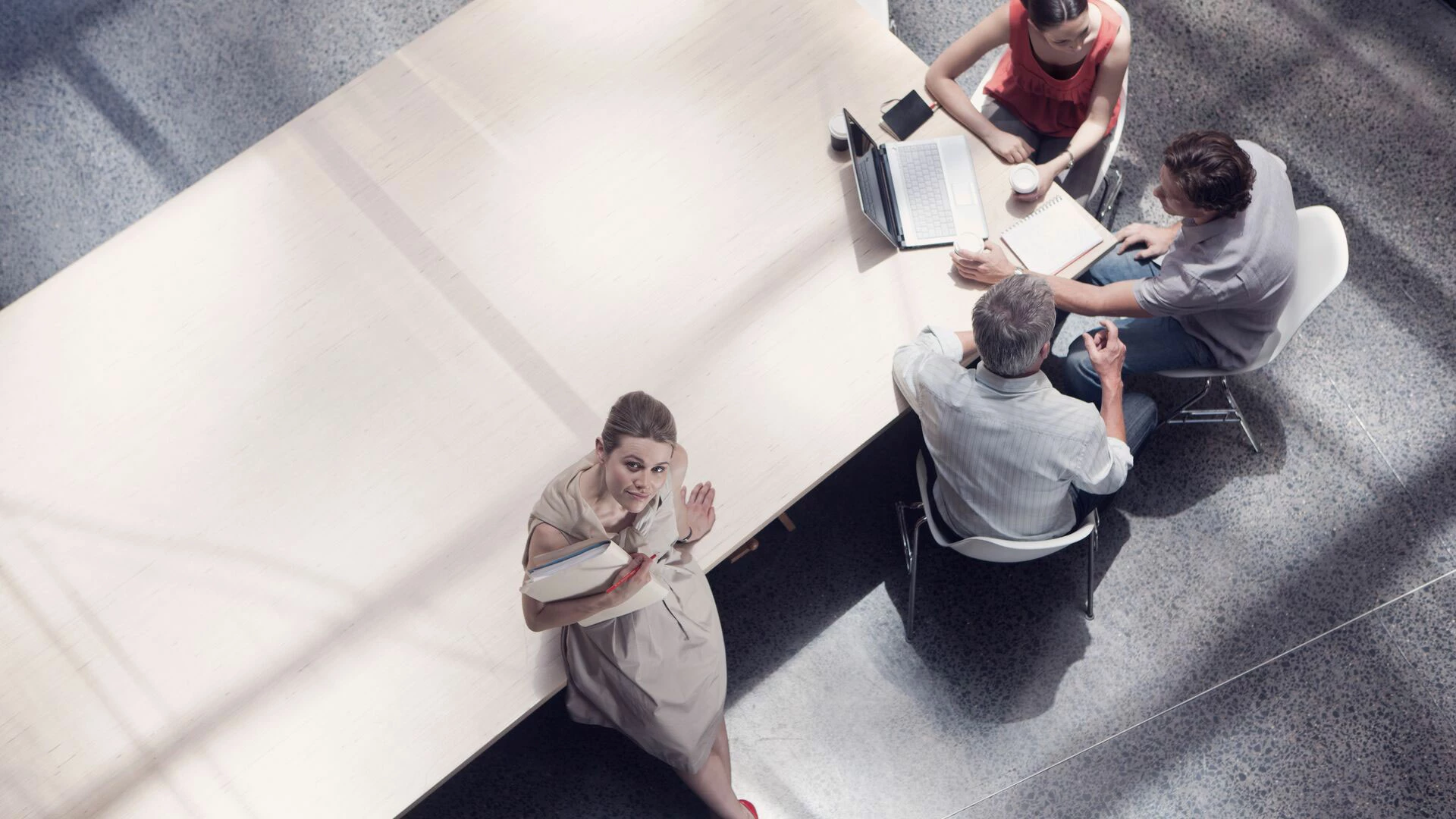New ways of working are not really that new, but the pandemic has been a catalyst for bigger and faster change. In the latest Nordea On Your Mind, “Office Space“, Johan Trocmé (JT) from Nordea Thematics asks Trine Thorn (TT), Joakim Laurén (JL) and Peter Watz (PW) from Nordea Workplace Management about these changes and their vision for Nordea’s office of the future.
JT: During the COVID-19 pandemic, has there been a need for tools to support new ways of working, such as laptop computers, home office equipment, videoconferencing software and web cameras?
TT: Nordea was already in a good place prior to COVID-19 when it comes the digital transformation journey, which enabled us to seamlessly transition to the more hybrid ways of working, while also maintaining a focus on serving our customers and running the bank. The single most important action was the swift upscale of VPN (Virtual Private Network) capacity, which enabled tens of thousands of employees to work remotely.
As the nature of work is evolving, there is an increased need to support hybrid meetings in our offices, where some people are present in person, and some are connecting remotely. In these new work settings, it is imperative to have workplace technology that supports seamless collaboration and enables the workforce to be productive and engaged, however and wherever they choose to work.
JT: How do you think new ways of working could affect the need for office space? How much will be needed? Will the nature and configuration of the premises need to change?
PW: At Nordea we started the transformation of the HQ portfolio back in 2011, in connection with a major overhaul of the Nordic HQ footprint. The first major location fully adapted to ABW (activity-based working) in 2014 and now all major HQ locations are aligned with ABW.
The workplace experience has been further developed after the launch of ABW, including enhancements of workplace experience concepts and office features that attract employees to participate in the workplace journey. This transformation gives Nordea a good starting point for the new working challenges post-COVID-19, but more is needed in terms of the work proposition we will offer to Nordea’s employees and customers, and how this will impact the configuration and the design of the workplace. The main focus at Nordea is now how to best strike a balance between efficiency and attractiveness in the workplace. The Nordea point of view is that the post-pandemic adjustments will evolve over a relatively long period of time, whereby occupational data and end-user satisfaction scores are collected and analysed, and corrective measures are launched. General demand for office space will likely drop, but we also envisage a reshuffle between standard workplaces (decrease) and more collaborative space (increase).
JT: What role do you think the office will play? Will it be an asset or a cost driver? Will it matter for recruitment or staff retention? More or less than before COVID?
JL: We think the office will play an even more important role in the more flexible ways of working. As not all people need to “go to work” to be working, the office needs to serve as a unique central hub that motivates and inspires people, boosts productivity and innovation, allows the learning of new skills, nurtures culture & customer relationships and increasingly has access to amenities and services that support their wellbeing at work. The office is going to be like an espresso – less but stronger. The office can be seen as a strategic asset that attracts employees to physically attend work. In a way, to convince them that it is worth a long commute. It is also an important feature to attract and retain top talent.
JT: What metrics can you use to measure how well our premises are being used?
TT: Data-driven decision-making, space optimisation, as well as the monitoring of occupancy and utilisation levels will continue to provide vital information in order to gain insights into how people’s behaviour changes over time. Further data will provide important input to changes in workplace design, identify operational efficiency gains and balance demand with capacity. The high level of uncertainty will also drive corporate occupiers to invest in various occupancy tracking devices including sensors, booking apps and data analytic tools.



